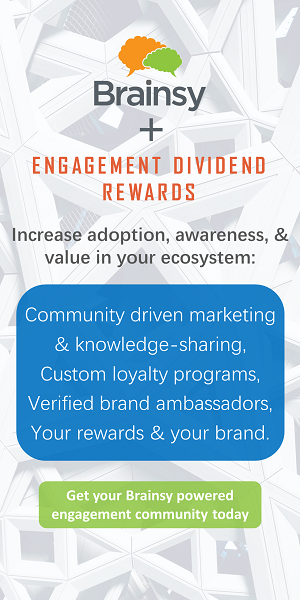With many people still suffering from a hangover of the blockchain, cryptocurrency, and "web3" (as defined by VCs) hype and investment cycle, some skeptics are stating that AI, as showcased by OpenAI's public ChatGPT release, may not live up to its hype.
The challenge in making pronouncements is that the lag between the introduction of a new technology and its widespread adoption and application can often be mismatched with the hype cycle surrounding that technology. The hype cycle refers to the pattern of initial over-enthusiasm, followed by a period of disillusionment and then a slow rise in practical and successful applications of the technology.
When a new technology is first introduced, it often generates a lot of excitement and hype, with many people and organizations jumping on the bandwagon before fully understanding its potential and limitations. This can lead to unrealistic expectations and over investment in the technology, which can then lead to disappointment when the technology does not live up to its initial promise.
This mismatch between the introduction of a technology and its practical application can be due to various factors such as a lack of understanding of the technology, inadequate infrastructure, the need for complementary technologies to be in place, and regulatory barriers. In some cases, the technology may simply not be mature enough for widespread adoption, and it may take several years for it to reach its full potential as we've seen with hyped up "Web3" technology.
Since most AI is based on software and requires the release of new software or software integrations and the length of the software development cycle can vary widely depending on several factors (complexity of the software, regulation, and the competitive landscape in the market), we still haven't yet seen many of the integrated offerings that will be built on top of accessible AI. Unlike blockchain which has been hyped for nearly a decade -- with people still waiting on practical, non-crypto, applications of the technology, AI applications are emerging quickly and will do so at increasingly rapid clips.
The world saw a huge leap in innovation as it went from dial-up and landlines to broadband and mobile for the distribution of digital content. Now, with generative AI, we'll see a similar leap in the creation of digital content as we go from human-centered content generation to human-curation of AI-generated content.
In general, the development stage of a software product can take anywhere from a few months to several years, depending on the size and complexity of the product. Generative AI only reached our collective consciousness at the end of 2022. For companies that can innovative and ship quickly, we'll see lots of interesting use cases emerge by the summer of 2023. For anyone paying attention to the evolution of Brainsy and our offering, even sooner.
Regardless, as of today, generative AI is only in the first inning of it's adoption cycle and if innings were measured in years, we'll see many innovations and applications of the technology in the decades to come.
Register for FREE to comment or continue reading this article. Already registered? Login here.
3

